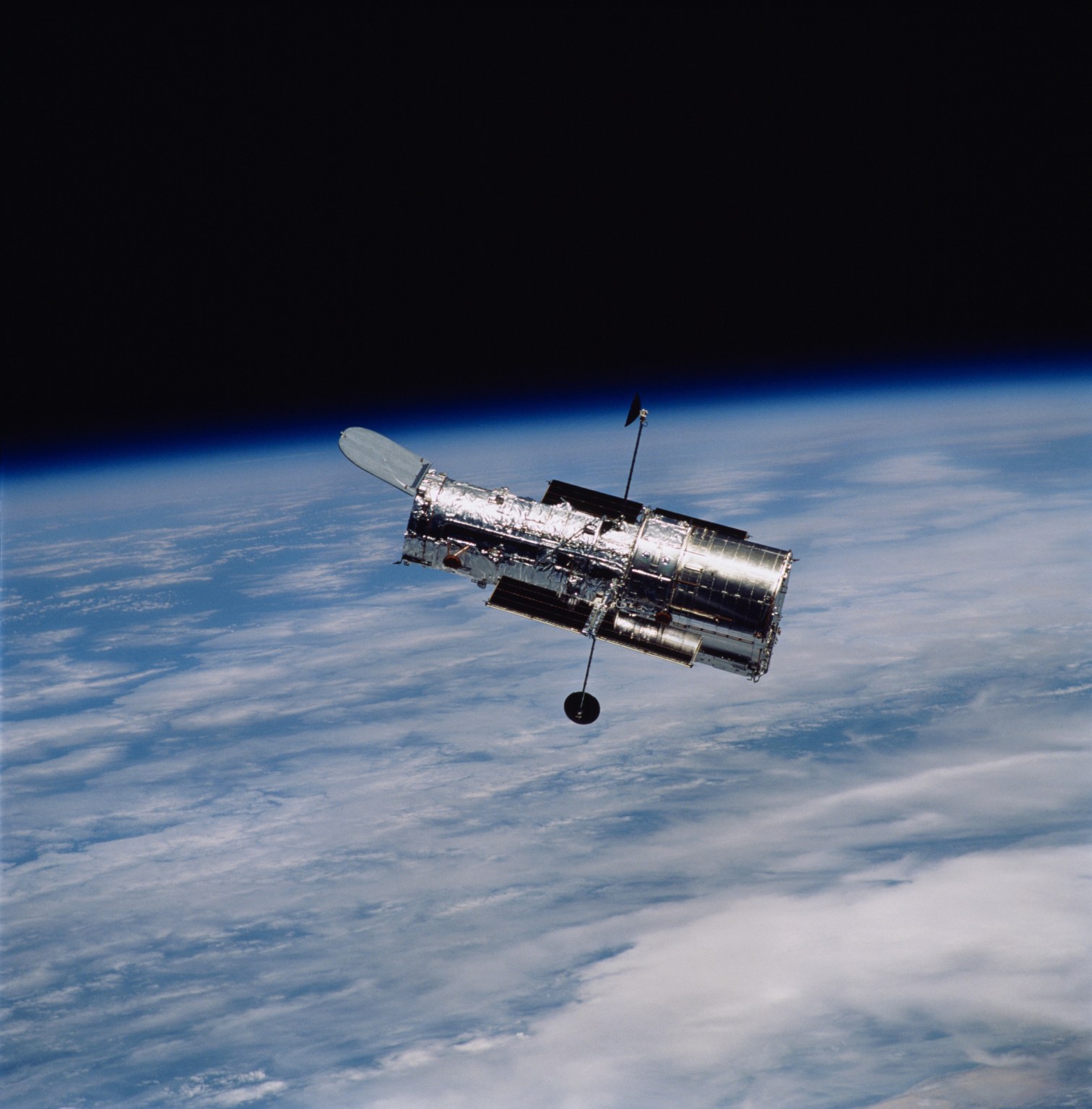1 min read
Shocked Region Around SN 1987A

This image shows the entire region around supernova 1987A. The most prominent feature in the image is a ring with dozens of bright spots. A shock wave of material unleashed by the stellar blast is slamming into regions along the ring's inner regions, heating them up, and causing them to glow. The ring, about a light-year across, was probably shed by the star about 20,000 years before it exploded.
About the Object
- R.A. PositionR.A. PositionRight ascension – analogous to longitude – is one component of an object's position.05h 35m 27.87s
- Dec. PositionDec. PositionDeclination – analogous to latitude – is one component of an object's position.-69° 16' 10.48"
- ConstellationConstellationOne of 88 recognized regions of the celestial sphere in which the object appears.Dorado
- DistanceDistanceThe physical distance from Earth to the astronomical object. Distances within our solar system are usually measured in Astronomical Units (AU). Distances between stars are usually measured in light-years. Interstellar distances can also be measured in parsecs.Approximately 160,000 light-years (49 kiloparsecs) away
About the Data
- Data DescriptionData DescriptionProposal: A description of the observations, their scientific justification, and the links to the data available in the science archive.
Science Team: The astronomers who planned the observations and analyzed the data. "PI" refers to the Principal Investigator.ACS data of SN 1987A were observed with the HST proposal 10867: R. Kirshner (Harvard University ) and collaborators. - InstrumentInstrumentThe science instrument used to produce the data.HST>ACS/HRC
- Exposure DatesExposure DatesThe date(s) that the telescope made its observations and the total exposure time.December 6-9, 2006, Exposure Time: 4.2 hours
- FiltersFiltersThe camera filters that were used in the science observations.F435W (B), F555W (V), F625W (R), and F658N (H-alpha+[N II])
- Object NameObject NameA name or catalog number that astronomers use to identify an astronomical object.SN 1987A
- Object DescriptionObject DescriptionThe type of astronomical object.Supernova in the Large Magellanic Cloud (LMC)
- Release DateSeptember 2, 2010
- Science ReleaseNew Hubble Observations of Supernova 1987A Trace Shock Wave
- Credit
Share
Details
Last Updated
Aug 17, 2025
Contact
Media
Claire Andreoli
NASA’s Goddard Space Flight Center
Greenbelt, Maryland
claire.andreoli@nasa.gov






























